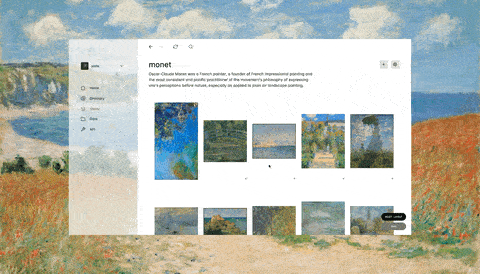| .githooks | ||
| .github | ||
| .vscode | ||
| common | ||
| components | ||
| dist | ||
| node_common | ||
| pages | ||
| public | ||
| scenes | ||
| scripts | ||
| vendor | ||
| .babelrc | ||
| .eslintignore | ||
| .eslintrc.js | ||
| .gitignore | ||
| .prettierignore | ||
| .prettierrc | ||
| google75364ba6a57d7b7d.html | ||
| index.js | ||
| jsconfig.json | ||
| knexfile.js | ||
| LICENSE-MIT | ||
| next.config.js | ||
| nodemon.json | ||
| package-lock.json | ||
| package.json | ||
| README.md | ||
| rollup.config.js | ||
| server.js | ||
Slate
An open source storage system for your data that makes it easy to collect, organize, and share them anywhere on the web.
Introduction
Slate is the first open source file storage application designed to encourage collaboration and research across a distributed network. It is a first step towards enabling a thriving network for data storage and transactions powered by IPFS, Filecoin and Textile that is open and usable for everyone. Our goal is to provide a meaningful story for every feature the protocol provides today and in the future. The Slate Project is the byproduct of a growing community of contributors from around the world.
Slate is tightly scoped for the present and more broadly thought out for the future. Our primary objective is to create a best-in-class experience for uploading, collecting, and sharing media. Additional filetypes will be supported, but our focus is to start with the pieces that apply to everyone and then dial into more specific formats.
- Example collection: https://slate.host/tara/loom
- Example user profile: https://slate.host/gndclouds
- New brand: https://slate.host/narative/slate-brand-identity
- Monet on Filecoin: https://slate.host/slate/monet
Create an account and try it out!
Get involved
Slate is built by a growing community of collaborators and contributors. We’d love for you to join us! You can reach out to us by email at hello@slate.host
Developer API
Slate has a Developer API that allows you upload files using code and HTTP. Every user who creates an account on Slate can use the API. The documentation is visible after logging in, under the API tab.

